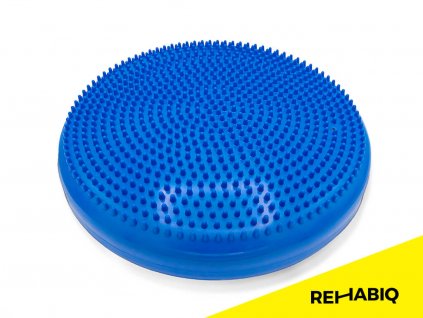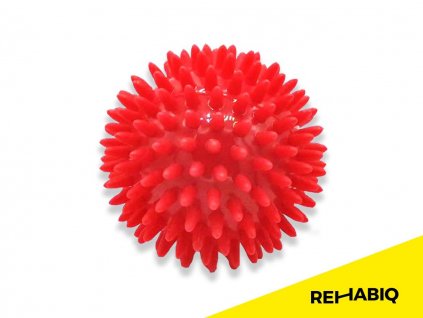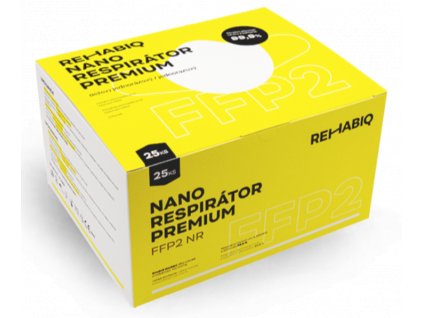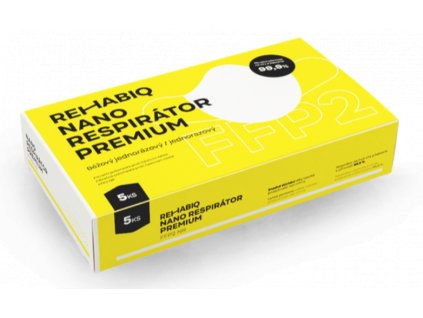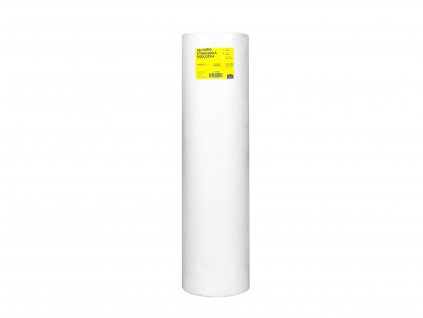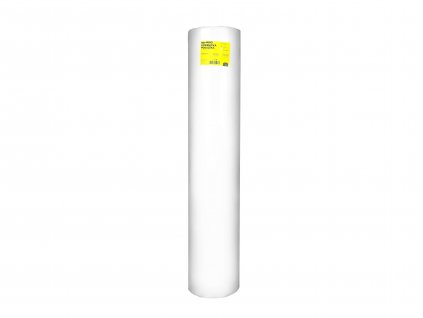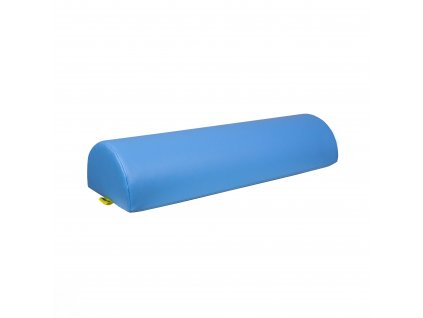Rehabiq

Rehabiq je ryze česká značka vyrábějící inovativní rehabilitační, kompenzační a ortopedické pomůcky. Je také jedním z průkopníků při využívání nanotechnologií ve zdravotnickém segmentu. Cílem společnosti Rehabiq je dodávat na český a slovenský trh kvalitní produkty za rozumné ceny pro spotřebitele a zároveň minimalizovat uhlíkovou stopu. I z toho důvodu se Rehabiq zavázal, že minimálně polovina jeho produkce bude vyrobena v České republice.
22 položek celkem
Stránka 1 z 2 - 22 položek celkem
.png)
